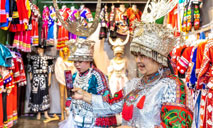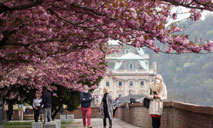India’s vaccine material shortage reveals unfair supply chain that tilts towards the rich world
A mysterious fire breaks out in Village X. Fueled by the timbers of wooden buildings and roaring winds, the blaze soon swallows the entire community. Villagers, unprepared and puzzled, with pipes and buckets in hand, are readying themselves to fight it. But they encounter one fatal problem: there’s not enough water. The wealthy, which control most of the water valves, later decide to shut off the water flow to put out the fires at their own houses first, leaving the poor helpless, hopeless, and inflamed.
In view of the international community’s present efforts to distribute COVID-19 vaccines worldwide, the real-world scenario appears to be more complicated and crueler than the frantic scramble for water in that imaginary village. As the rich nations of the world vie for their share of jabs and shop around for which vaccines to choose from, many poor countries can only regard vaccines of any efficacy as a luxury. “On average in high-income countries, almost one in four people have received a COVID-19 vaccine. In low-income countries, it's one in more than 500,” said Tedros Adhanom Ghebreyesus, Director-General of the World Health Organization (WHO), in a recent news conference.
But the disproportionate distribution of the desperately-needed vaccines isn’t the sole hindrance to the delicate goal of health equity that the Global North has long appealed to. The fact that India, which has just shattered world records for new COVID-19 cases for the past several days in a row, is now desperate for medical aid and raw materials for vaccines amplifies another entrenched reality--the developed nations of the world have remained steadfast in their reluctance to allow for the free flow of raw materials beyond their borders, preventing developing nations from at least having a chance at saving themselves.
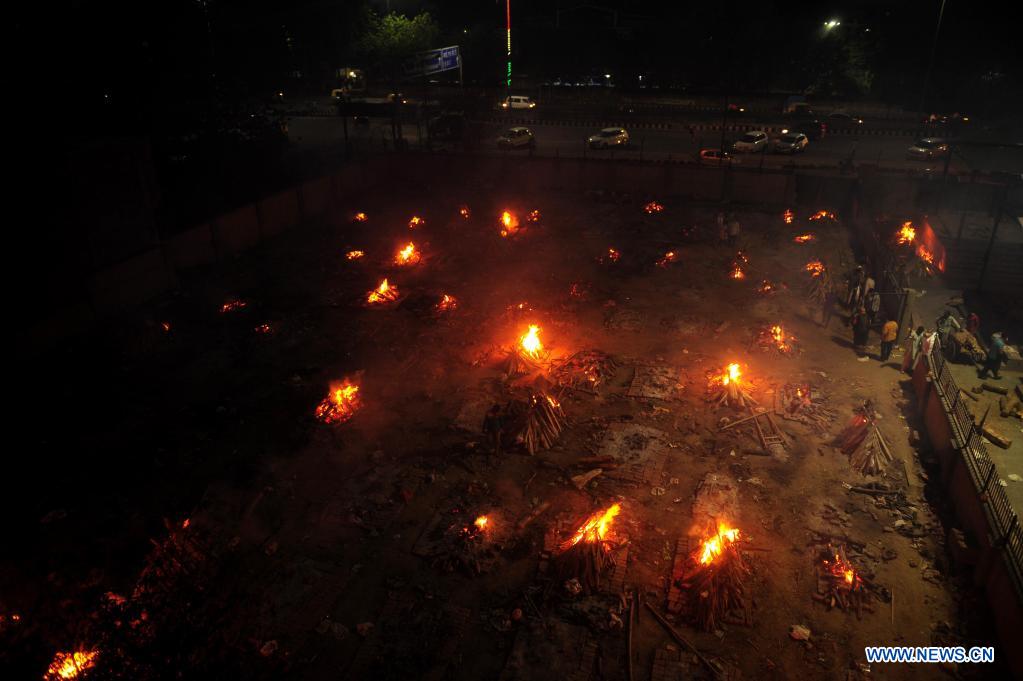
Burning funeral pyres are seen during a mass cremation for those who died from the COVID-19 at a crematorium in Delhi, India, on April 26, 2021. (Photo by Partha Sarkar/Xinhua)
Back in March 2020, former U.S. President Donald Trump invoked the Defense Production Act of 1950 to grant executive powers to prioritize the domestic production of coronavirus-related medical supplies. Apart from that move, the administration had also ordered billions of masks, respirators, ventilators, and other supplies, from other countries. The act, however, also severed the exports for several key raw materials needed to produce vaccines in other regions of the world.
100 days into the Biden administration, the lifeline linking the U.S. and the rest of the world is still a one-way road.
Last month, the Serum Institute of India (SII), the world’s largest vaccine manufacturer, said that it was worried the U.S. ban on exports of materials like filters and bags, which aimed to stockpile them for U.S. companies only, would limit production, according to Reuters.
With the unfolding tsunami-like coronavirus surge, many have leveled their criticism on social media at America’s raw materials ban. “Indians in [the] U.S. who voted for Biden & Kamala must be enjoying to see their families suffer in India due to Biden's export ban on raw materials for COVID-shield vaccine[s] & other essential medicines,” one netizen said indignantly.
Some also cast doubt on America’s vaccine surplus. Ashish Jha, an adjunct professor of public health at Harvard University tweeted that “India is in the throes of a horrendous COVID surge…They are struggling to get more people vaccinated. We are sitting on 35-40 million doses of Astra Zeneca vaccine Americans will never use.” “Can we please give or lend them to India? Like may be [sic] now? It'll help. A lot,” he added.
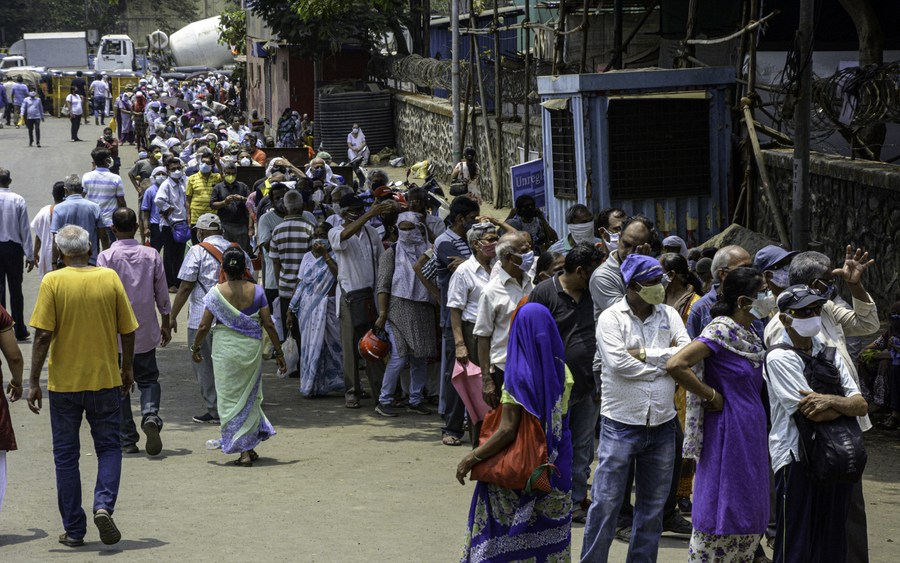
People wearing face masks stand in a queue for vaccination in Goregaon, a western suburb in Mumbai, India, April 26, 2021. (Str/Xinhua)
Some rich countries’ hoarding of raw materials, key components, and technologies is nothing new. Standing at the top of the value chain, they have long enjoyed the lion’s share while shutting their eyes to the silent suffering at the bottom (of the chain). They act as the world guardians, saviors, and givers when everything is fine; when crisis strikes their home base, or the world as a whole, the professed altruistic principles they used to support are nowhere to be heard.
On April 26, after a phone call with Indian Prime Minister Narendra Modi, U.S. President Joe Biden promised that the U.S. would provide its COVID-besieged ally with oxygen supplies, raw materials for COVID-19 vaccines, and PPEs. That promise seemed to come too little too late. On that same day, India set a daily record at 352,991 new cases of COVID-19. Two days later, the country logged another record of 360,960 cases, the seventh consecutive day it registered over 300,000 cases.
Besides India, other developing nations and low-income countries are also in the throes of a second wave. On April 25, 3,076 patients died from COVID-19 within a 24-hour period in Brazil, where the seven-day average for COVID-19 deaths surpassed 2,500. At the same time, sanctions-battered Iran is suffering its worst wave yet, with more than 25,000 cases a day, according to Al Jazeera.
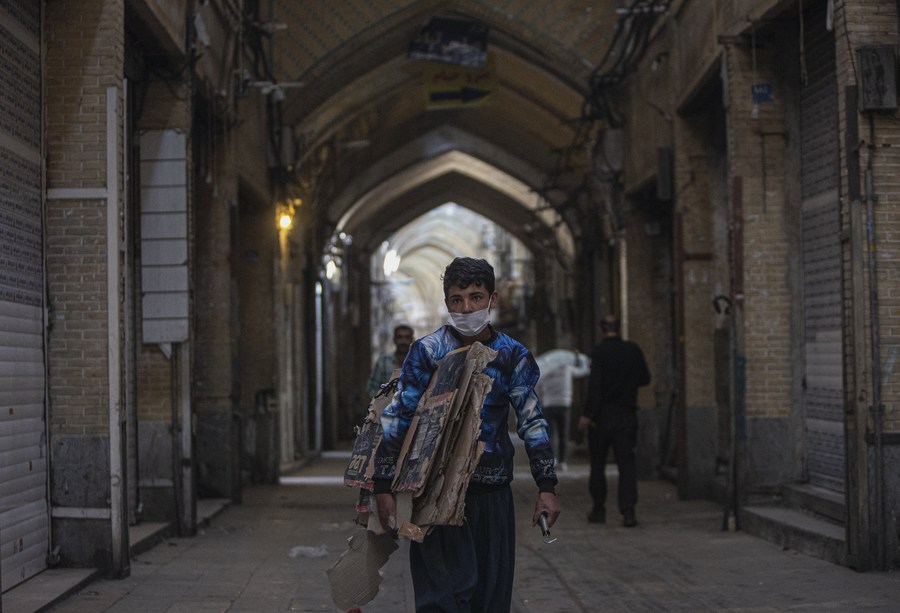
A boy with a face mask walks past closed shops at the Grand Bazaar in Tehran, Iran, April 10, 2021. (Xinhua/Ahmad Halabisaz)
In an opinion article in the New York Times entitled “I Run the W.H.O., and I Know That Rich Countries Must Make a Choice,” WHO chief Tedros Adhanom Ghebreyesus called for the rich countries of the world to share their vaccines and technologies with the rest of the world. “If they keep their vaccine promises, the pandemic can end,” he said. “Whether or not we do is not a test of science, financial muscle or industrial prowess; it’s a test of character.”
Someday in the future, the pandemic may be contained, much like the fire in Village X will eventually burn itself out. But the global villagers in our international community can’t pretend as if nothing has happened. As long as the unfair distribution “rules” and tilted supply chain still persist, they all know quite well that the order for boarding the metaphorical “Noah’s Ark” in the next crisis will still be fixed.
Photos
Related Stories
- Election Commission of India bans victory processions amid COVID-19 surge
- Indian PM chairs COVID-19 review meeting
- U.S. California to provide India supplies to combat COVID-19 outbreak
- UN General Assembly president calls for aid to India in fight against COVID-19
- Over 229 mln COVID-19 vaccine doses administered across China
Copyright © 2021 People's Daily Online. All Rights Reserved.







